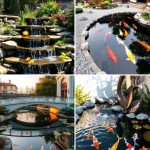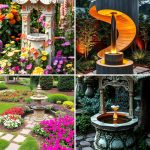The realm of Japanese garden design invites you to explore a harmonious blend of nature, art, and tranquility. With deep-rooted traditions and modern interpretations, each idea presented here embodies a unique philosophy of balance and beauty. Every garden element is purposefully chosen to evoke peace, encourage mindfulness, and inspire creativity. Whether through the simplicity of raked gravel or the allure of a meandering koi pond, these concepts empower you to craft spaces that reflect both heritage and personal taste. Embark on a journey through 22 Japanese Garden Ideas and discover a new way to embrace nature.
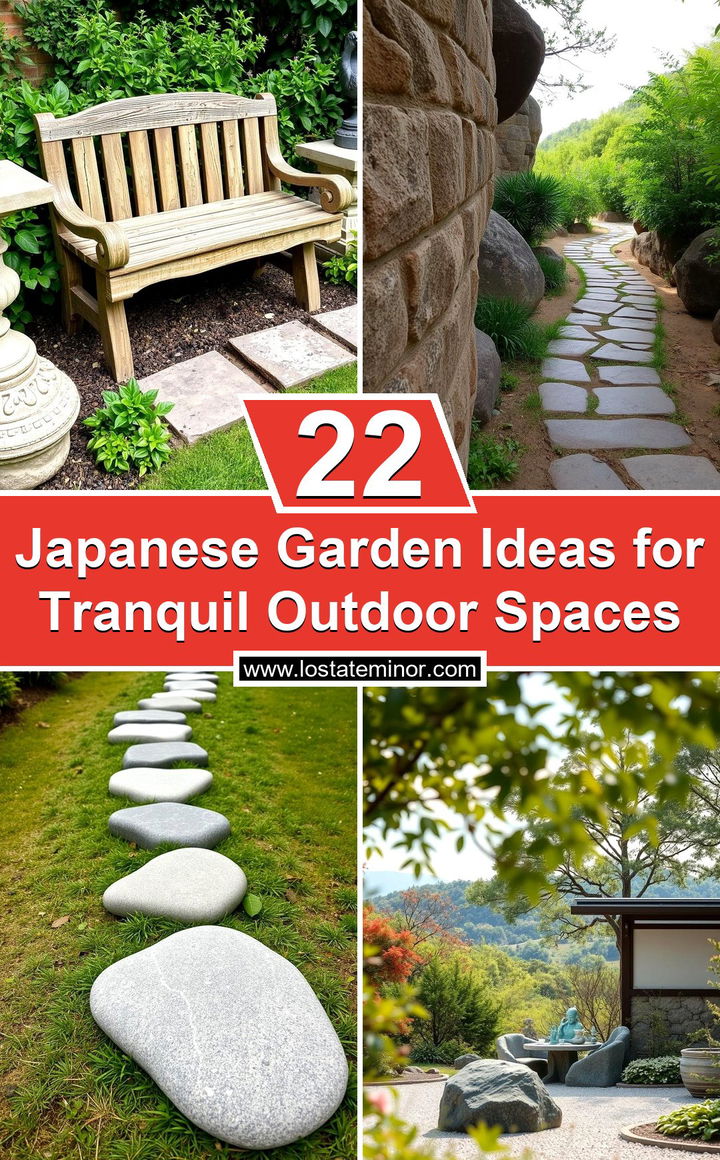
1. Zen Garden Escape
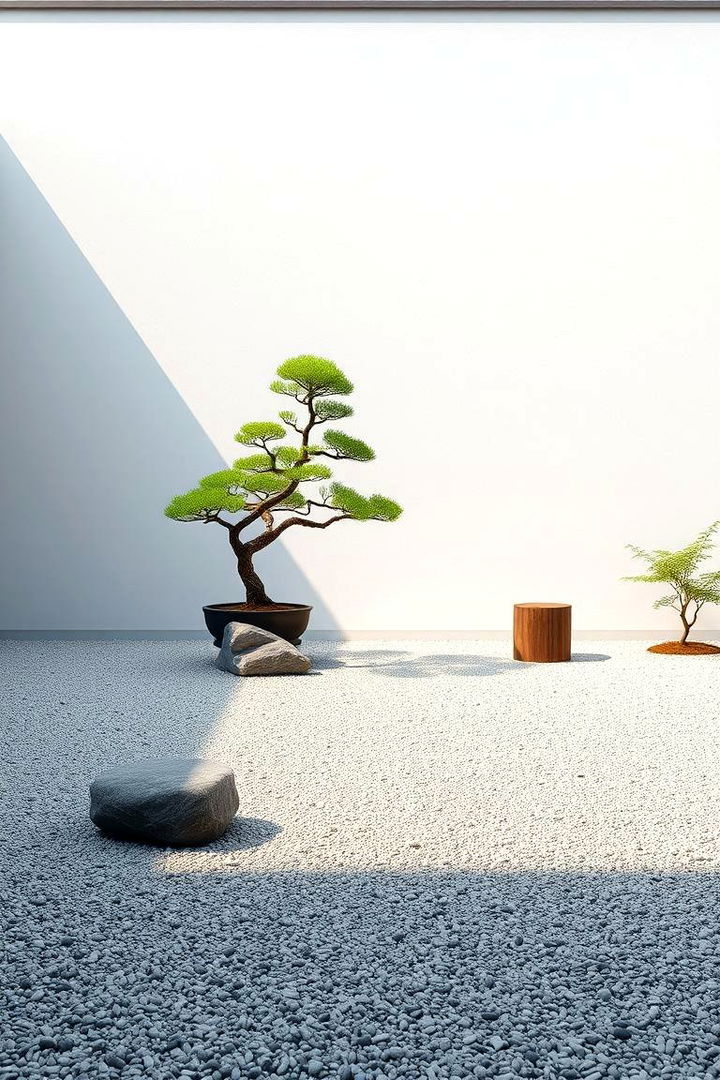
Enveloped in calm and serenity, a Zen garden escape offers a minimalist retreat where each element is deliberate. Raked gravel and strategically placed stones create soft patterns that evoke meditative quiet and balance. This design minimizes distractions, setting the stage for thoughtful reflection and inner peace. The absence of clutter and the use of natural textures encourage mindfulness and simplicity, reminding you to focus on the essence of nature. With a thoughtful layout that promotes harmony, this idea serves as an ideal foundation for anyone seeking a respite from daily chaos.
2. Tea House Retreat
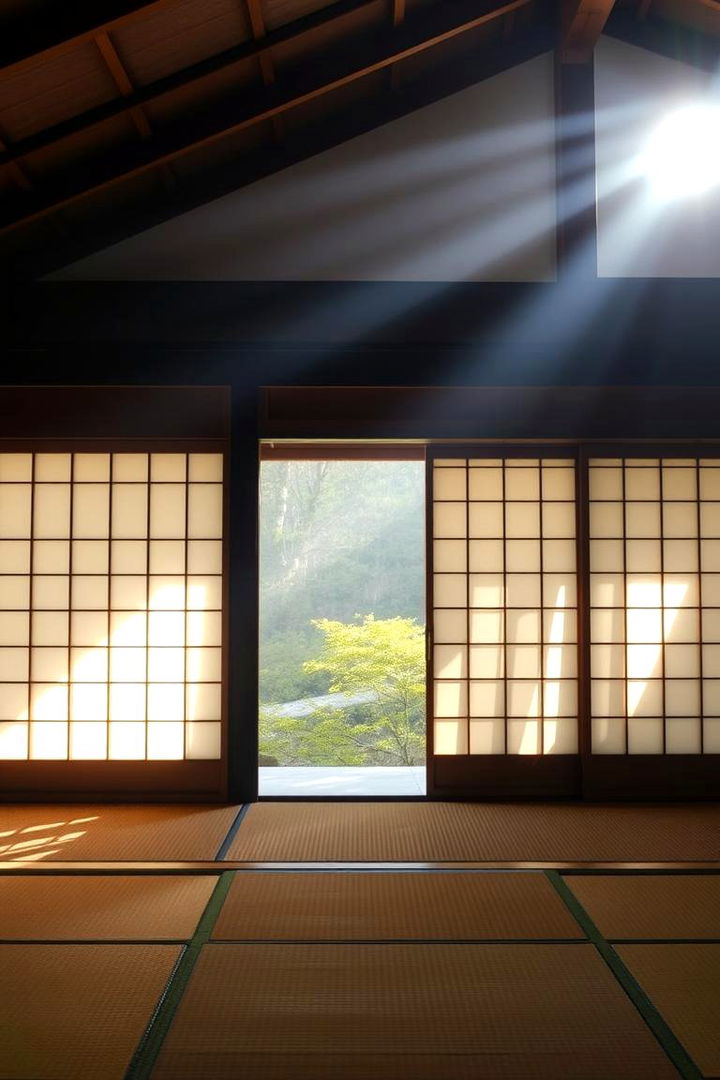
Imagine a quaint tea house nestled amid nature, offering a serene haven for quiet contemplation and cultural experiences. This garden idea centers around a traditional tea pavilion with tatami mat flooring and sliding shoji screens, welcoming visitors to savor a moment of calm. The fusion of subtle colors and natural materials rejuvenates the spirit as soft natural light filters in. The inviting structure stands as a testament to Japanese craftsmanship and hospitality, enriching your outdoor space with warm, traditional charm while inspiring moments of mindful pause.
3. Stone Pathway Design

A stone pathway design invites natural exploration with winding paths crafted from weathered stepping stones. This approach creates a narrative journey through the garden, where each turn reveals layered textures and carefully chosen natural elements. The interplay of stone, soil, and greenery establishes an organic flow that connects various garden segments. Textured pavement and irregular arrangements mirror the unpredictability found in nature. By blending innovation with tradition, this design not only guides your feet but also your thoughts, leading toward reflective and spontaneous interactions with your natural surroundings.
4. Water Feature Harmony
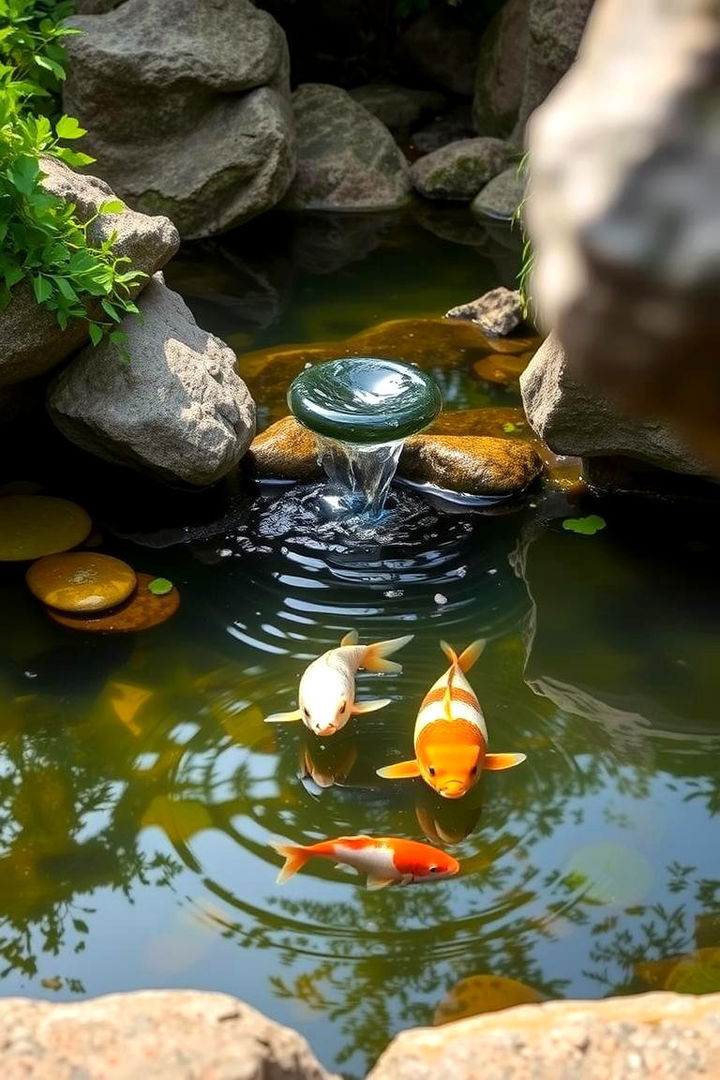
Water feature harmony in a Japanese garden introduces a vital element of fluidity and reflection. The gentle sound of trickling water from a small fountain or koi pond brings a sense of calm, enriching the landscape with motion and life. The integration of water with rocks and plants creates a seamless dialogue between natural forces, accentuating both elegance and simplicity. The soothing soundscape invites mindful relaxation, while the reflective surfaces mirror the innate beauty of the garden. This design element not only enhances aesthetic appeal but also fosters meditative moments amidst nature.
5. Bonsai Display Excellence
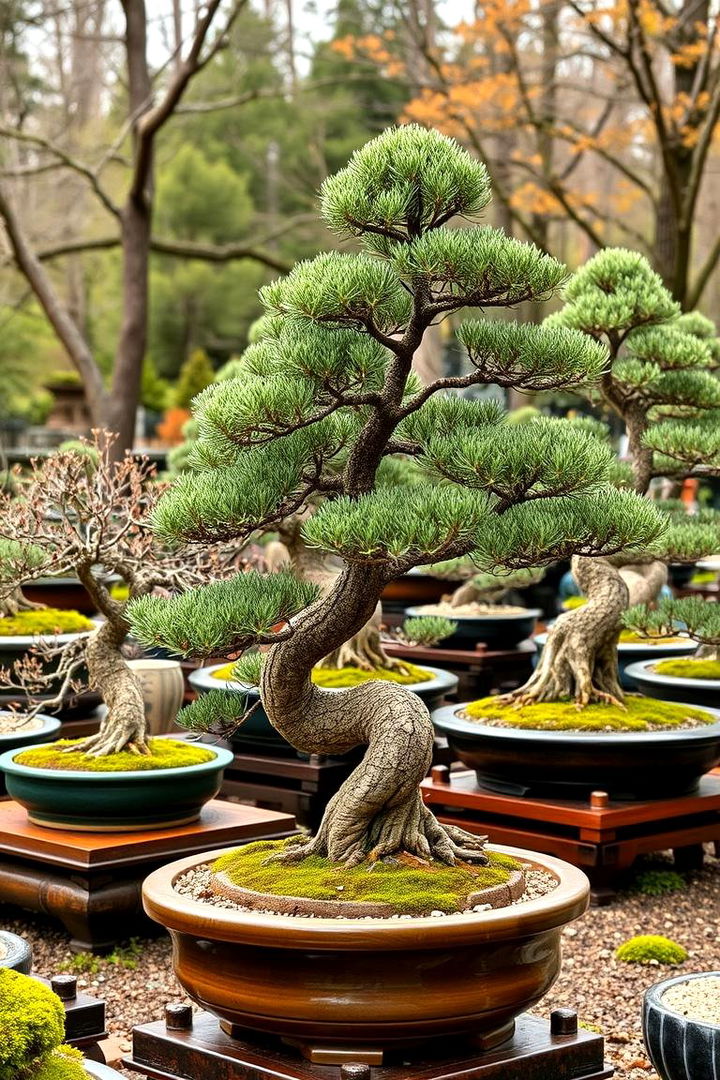
In a garden where small details speak volumes, a bonsai display excellence celebrates the art of miniature trees sharply pruned to create living masterpieces. This idea focuses on arranging a variety of bonsai, each nurtured with care and precision, reflecting years of tradition and dedication. The delicate form of these trees, enhanced by carefully selected containers and natural backdrops, provides a serene focal point. As the bonsai reflects nature’s principles, the display offers both artistic beauty and a meditative focal point that transcends the ordinary, inviting contemplation and respect for ancient horticultural wisdom.
6. Bamboo Elements Inclusion
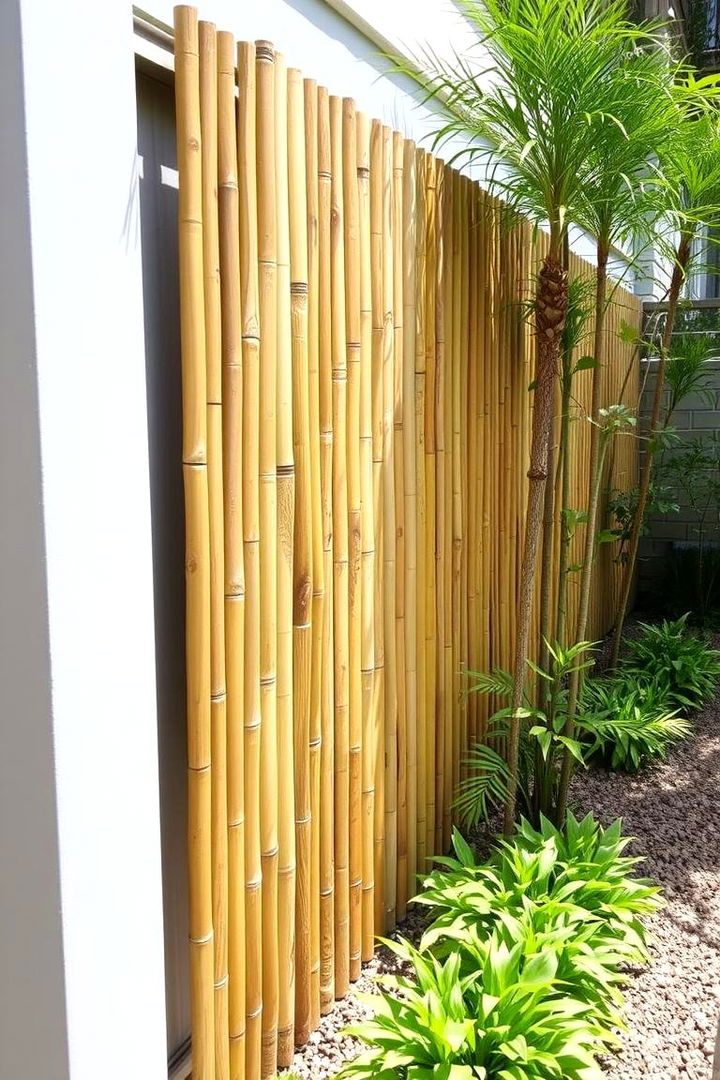
With graceful sways and organic textures, bamboo elements inclusion transforms any garden space into an ode to nature’s simplicity. Delicate bamboo fences, screens, and accents introduce vertical movement and a light, airy ambiance. This idea promotes sustainability as bamboo grows quickly and harmoniously with other natural elements. Blending subtle green hues with natural fibers, the inclusion offers privacy, rhythm, and a connection to traditional Eastern landscapes. The natural textures and flexible forms craft an environment that balances contemporary style with centuries-old traditions, inviting relaxation and thoughtful observation.
7. Koi Pond Serenity

Koi pond serenity creates an immersive aquatic experience that captivates the senses with vibrant life and gentle movement. A carefully designed pond brimming with colorful koi fish introduces bursts of activity amid tranquil waters. The surrounding flora adds a lush, organic frame, softly echoing the reflective nature of water. Gentle ripples, sunlit glimmers, and subtle aquatic sounds merge to create an oasis of calm, inspiring both creativity and meditation. This garden idea embodies a delicate balance of motion and stillness, drawing you closer to the elemental beauty of nature.
8. Traditional Lantern Lighting
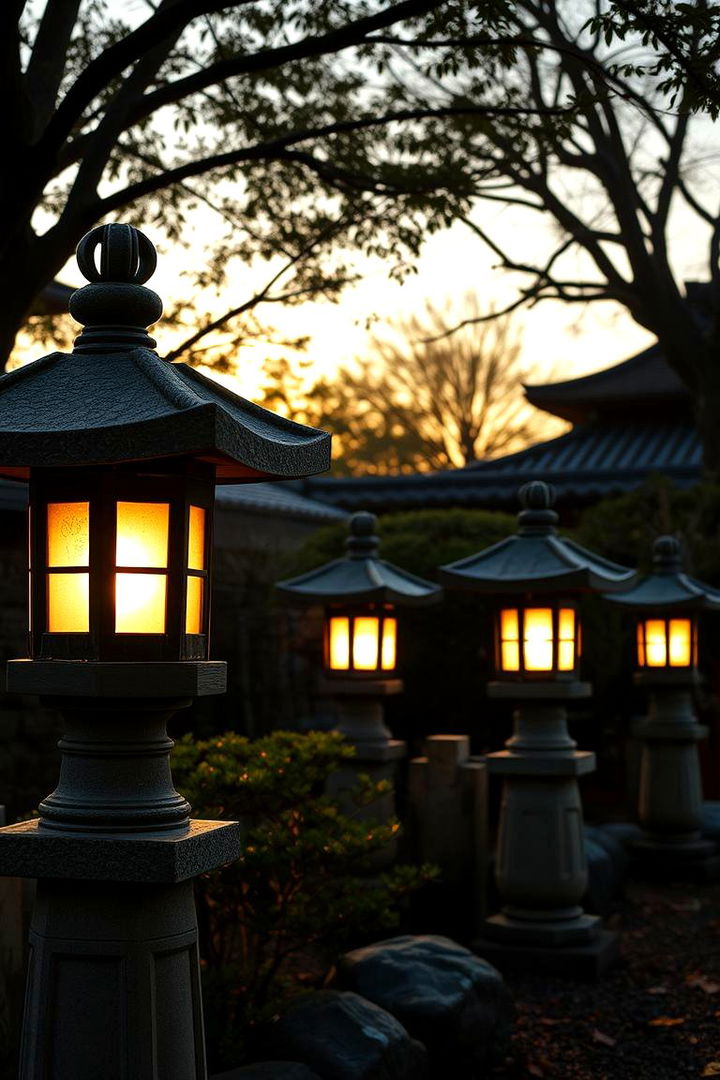
Traditional lantern lighting introduces a timeless element into the garden, where handcrafted stone lanterns cast gentle, ambient glows during dusk. Emanating soft, warm light, these lanterns create enchanting intersections of shadows and clarity. Their ancient design, rooted in cultural heritage, evokes stories of bygone eras while seamlessly blending with modern aesthetics. Set against a backdrop of green foliage and reflective paths, the lanterns accentuate the quiet mystery and depth of the garden, inviting visitors to explore its secrets with a sense of reverence and awe.
9. Stepping Stones Journey
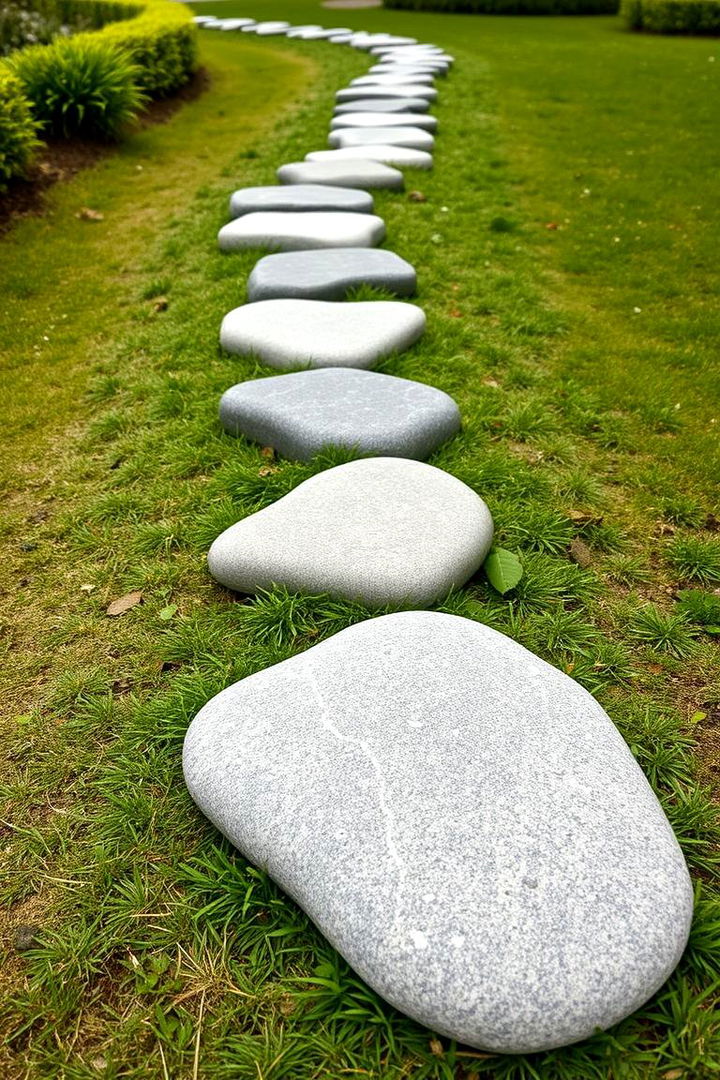
A stepping stones journey encourages mindful exploration through a carefully curated path of natural rocks and stones. Each stone is positioned to guide you along the garden’s narrative, symbolizing life’s intermittent moments of pause and reflection. The varied shapes and textures promise both visual intrigue and practical navigation, seamlessly blending tradition with modern garden design. This idea champions a path that is not only physically engaging but also emotionally evocative, serving as a gentle reminder to cherish each step as an integral part of life’s broader journey.
10. Floral Accents Study
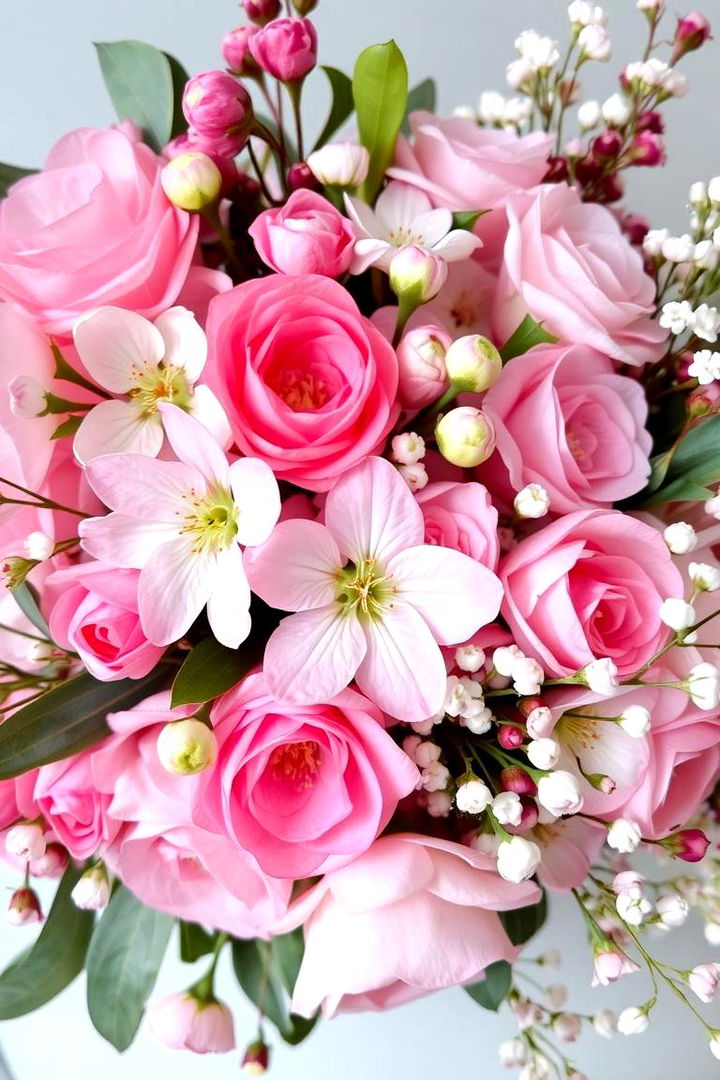
Floral accents study brings bursts of color and fragrant beauty into the Japanese garden, emphasizing seasonal blossoms and delicate arrangements. Carefully selected flowers, whether cherry blossoms in the spring or chrysanthemums in the fall, create harmonious splashes of color against lush greenery. The integration of soft pinks, whites, and subtle reds adds a poetic contrast to the natural landscape, evoking feelings of renewal and grace. These floral elements serve as living brushstrokes on an organic canvas, enriching the overall aesthetic and offering continual inspiration with nature’s ever-changing palette.
11. Moss Garden Ambiance
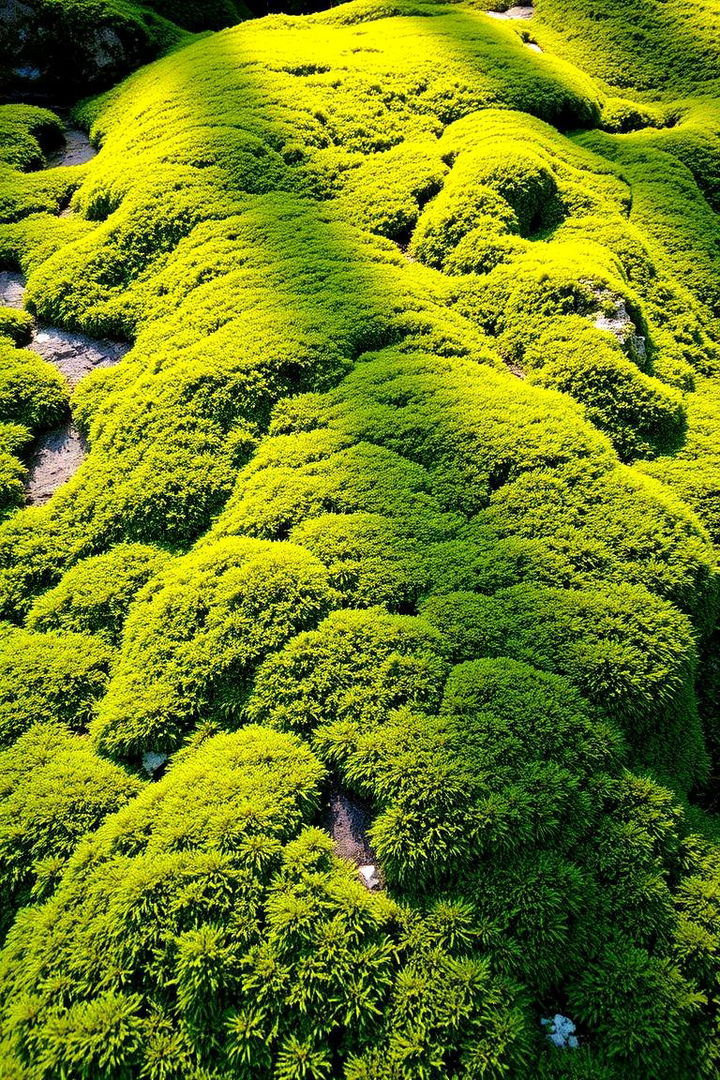
Moss garden ambiance transforms the garden floor into a lush, vibrant tapestry of green that softens the scene with its natural, velvety texture. The delicate moss provides a serene, almost ethereal backdrop for other garden elements, inviting a profound connection to the earth. Its organic, unstructured growth pattern lends spontaneity and authenticity, evoking a sense of age-old wisdom. The gentle carpet of moss not only enriches the tactile experience but also nurtures a quiet intimacy within the garden space, encouraging slow, deliberate exploration and mindful reflection about nature’s enduring beauty.
12. Gravel and Rake Artistry
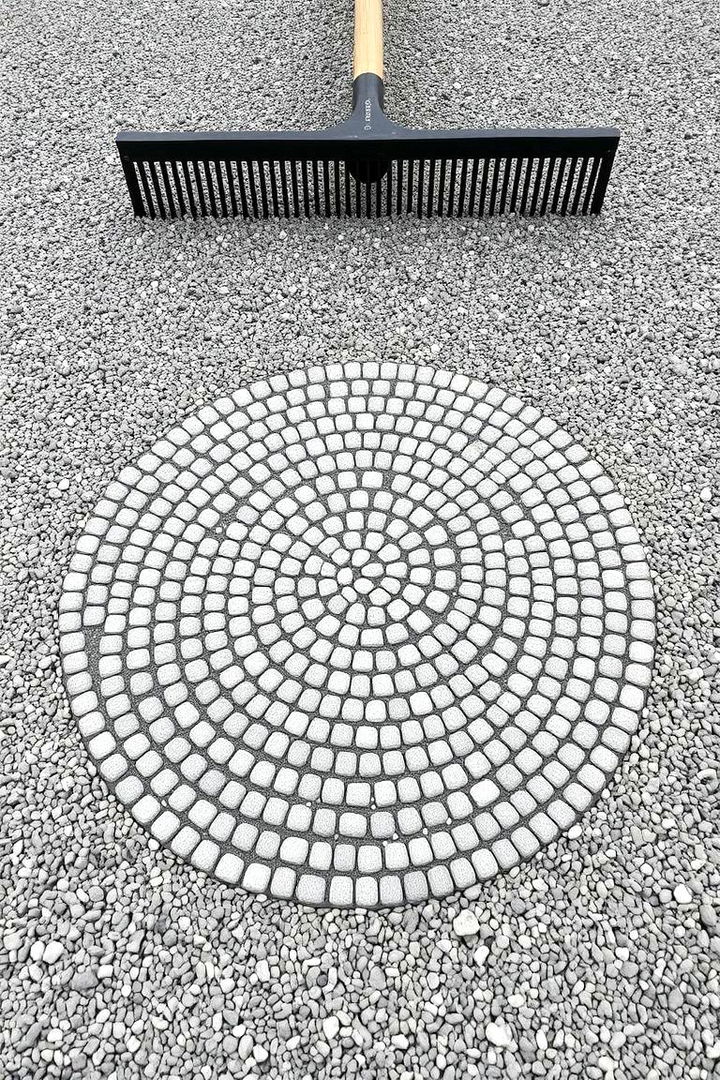
Gravel and rake artistry celebrates the beauty of simplicity by combining naturally occurring materials with carefully orchestrated designs. With precision, raked gravel patterns form intricate motifs that evoke the rhythm of nature’s cycles. This creative approach balances structured lines with organic randomness, inviting both admiration and introspection. The delicate interplay of textures and shadows transforms the garden into an ever-changing canvas. As the light shifts throughout the day, the evolving patterns inspire a fresh perspective, making this garden element an art form that stays true to traditional aesthetics while remaining relevant to modern design sensibilities.
13. Integration of Shakkei
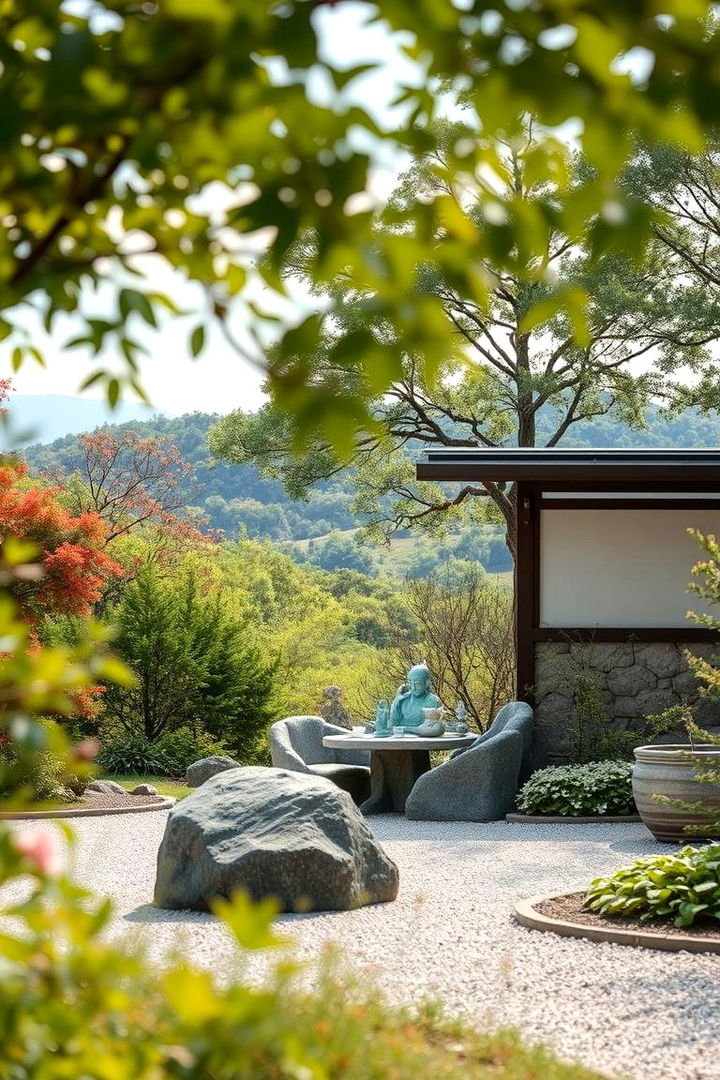
Inspired by the ingenious concept of borrowed scenery, integration of shakkei creates a dynamic garden experience that extends beyond its boundaries. This idea allows surrounding natural vistas to become an inherent part of the garden’s design, blending cultivated beauty with the wild majesty of distant landscapes. The thoughtful incorporation amplifies the visual impact, fostering a seamless unity between built spaces and nature’s grandeur. By embracing external elements, this design deepens the sense of scale and serenity, producing an enriched environment that evolves with the changing outdoor panorama, ultimately bridging the garden’s inner beauty with the expansive world beyond.
14. Small Courtyard Oasis

A small courtyard oasis transforms even a modest space into a tranquil retreat by emphasizing intimate design and a garden’s inner sanctum. This idea focuses on curating a concentrated area where verdant plantings, minimalist water features, and quiet nooks combine to foster both privacy and beauty. The design encourages personal interaction with nature on a smaller scale, blending simplicity with a sense of escape. The careful layout permits moments of reflection amidst carefully chosen natural accents, making it an ideal sanctuary for busy lives. Discover the power of creating solace in a compact yet impactful setting.
15. Waterfall Oasis

Waterfall oasis in a Japanese garden infuses the landscape with dramatic, soothing motion and sound. Cascading water over natural stone formations creates a focal point that is both visually striking and aurally calming. The waterfall’s rhythmic flow, enhanced by surrounding greenery, stimulates a meditative state while adding energy to the serene environment. Natural water pools and gentle mist evoke a refreshing ambiance that transforms the space into a lush retreat. This idea integrates the power of water with the soothing aesthetics of nature, crafting a dynamic equilibrium between movement and stillness that inspires reflection.
16. Minimalist Design Principles

Minimalist design principles in a Japanese garden emphasize clean lines, open spaces, and thoughtfully placed natural elements that reduce distractions. This approach strips away excess to reveal the essence of beauty in simplicity, allowing each stone, plant, and water feature to shine independently. With a focus on balance and harmony, the garden becomes a living canvas where every element holds intentional meaning. This design encourages a quiet, reflective atmosphere that nurtures mindfulness. It’s a refreshing departure from cluttered visuals, inviting visitors to relax and appreciate the pure, unadorned charm of natural beauty.
17. Organic Elements Harmony
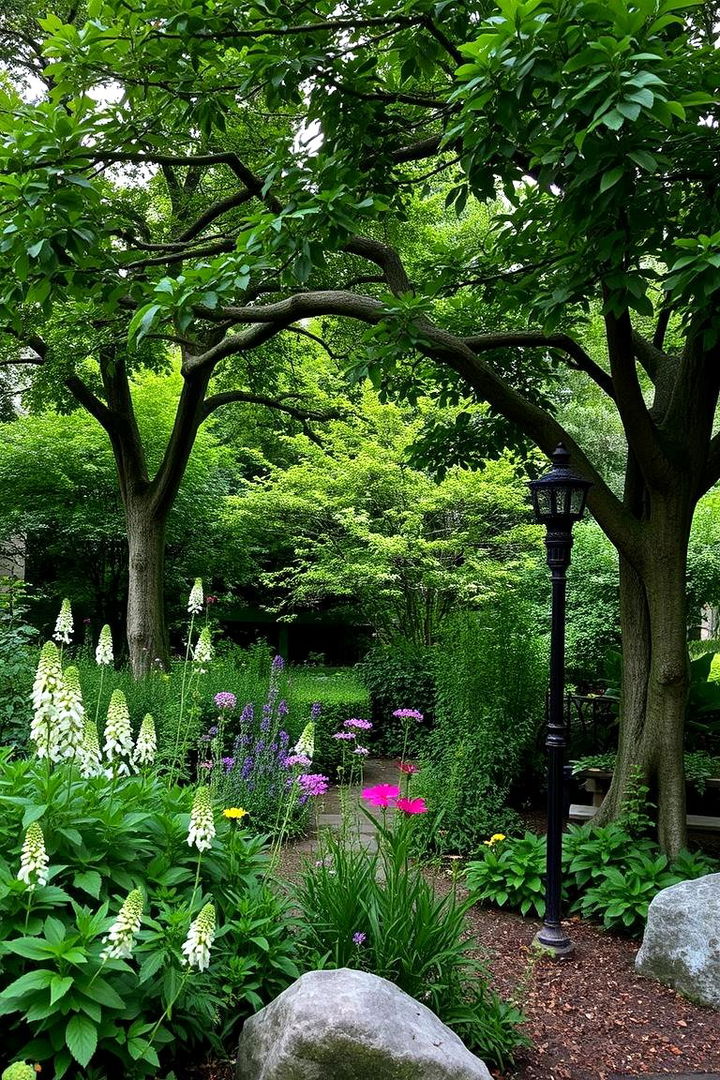
Organic elements harmony celebrates the innate synergy between cultivated design and nature’s freeform beauty. This garden idea integrates a variety of plants, trees, and natural materials in a layout that flows effortlessly with the terrain. The interplay of textured bark, soft petals, and wild vines creates an immersive experience that feels rooted in authenticity. Emphasizing natural growth patterns and organic forms, the design evolves with the seasons, offering an ever-changing portrait of the landscape. It encourages you to embrace imperfection as beauty, merging artfully arranged elements with nature’s spontaneous elegance.
18. Seasonal Blooms Display
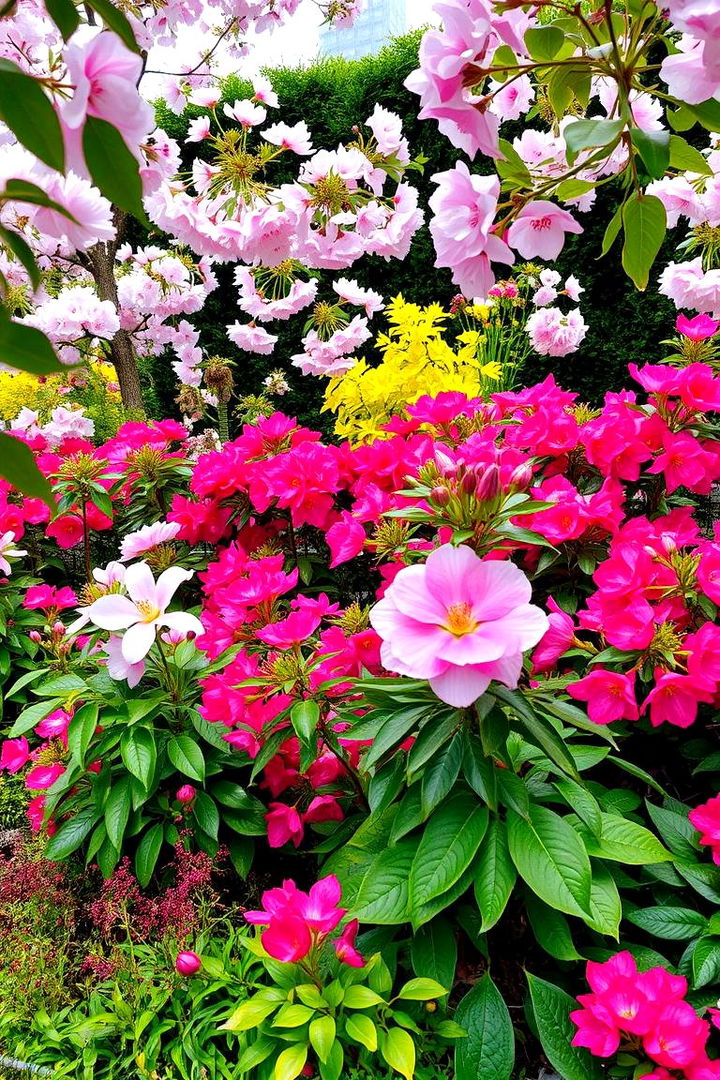
Seasonal blooms display infuses the garden with a continuously evolving palette, marking the passage of time with bursts of vibrant color. Carefully chosen blossoms like cherry, plum, and wisteria create dynamic focal points that celebrate nature’s cycles. As each season unveils its unique charm, the garden’s ambiance shifts from soft pastels in spring to rich, warm hues in autumn, inviting ongoing wonder and renewal. This thoughtful arrangement transforms the outdoor space into a living chronicle of nature’s treasures, ensuring that every visit offers a fresh and inspiring experience steeped in the tradition of Japanese Garden Ideas.
19. Rooftop Japanese Garden
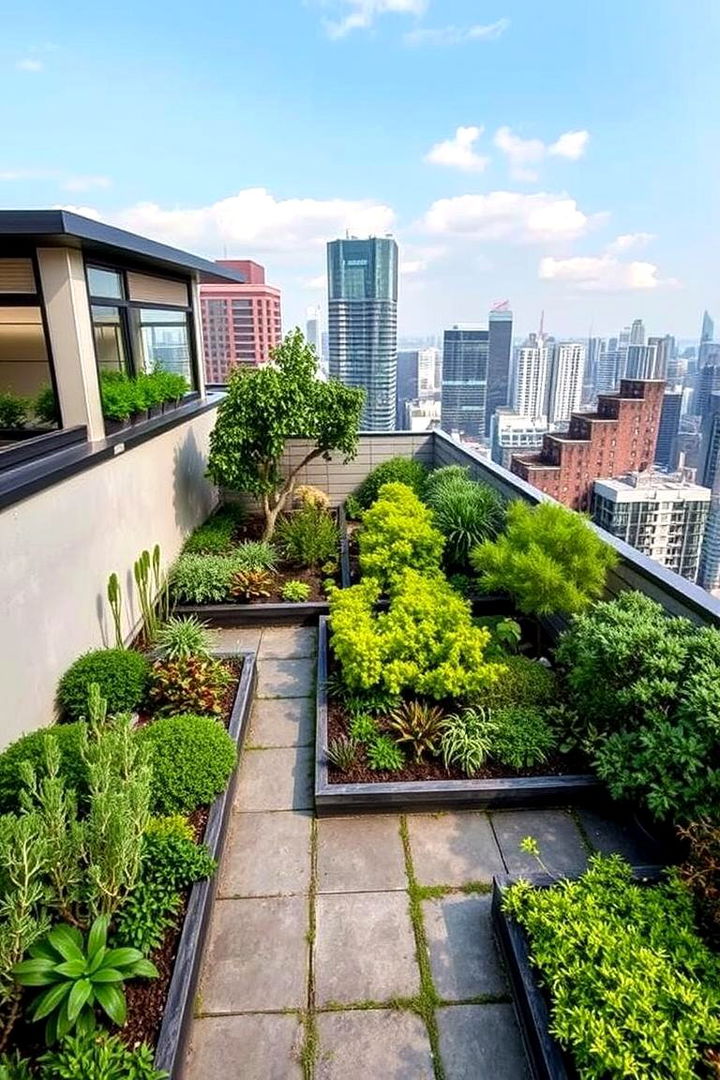
Rooftop Japanese garden design reimagines urban spaces by crafting an elevated oasis where nature meets skyline. This idea utilizes compact design techniques, integrating lush greens, carefully chosen hardscape elements, and vertical gardens that thrive in elevated settings. The intimate space combines modern urban life with traditional Japanese aesthetics, creating a peaceful refuge high above the city bustle. It offers a unique blend of serene natural beauty and contemporary design, perfect for those seeking a quiet retreat in the heart of an urban environment. Enjoy a breathtaking view while embracing mindful moments in this sky-high garden escape.
20. Meditative Zen Corner

A meditative Zen corner provides a secluded nook within the garden where tranquility and personal reflection take center stage. This corner is thoughtfully arranged with minimalist seating, soft natural elements, and gentle lighting that invites quiet contemplation. The design promotes a structured yet soothing environment conducive to meditation and introspection. With a subtle interplay of natural textures and calm hues, it offers a personal retreat from the hustle of daily life. This intimate space encourages deep reflection and rejuvenation, embodying the timeless wisdom of Japanese Garden Ideas through its serene, mindful ambiance.
21. Rustic Garden Bench
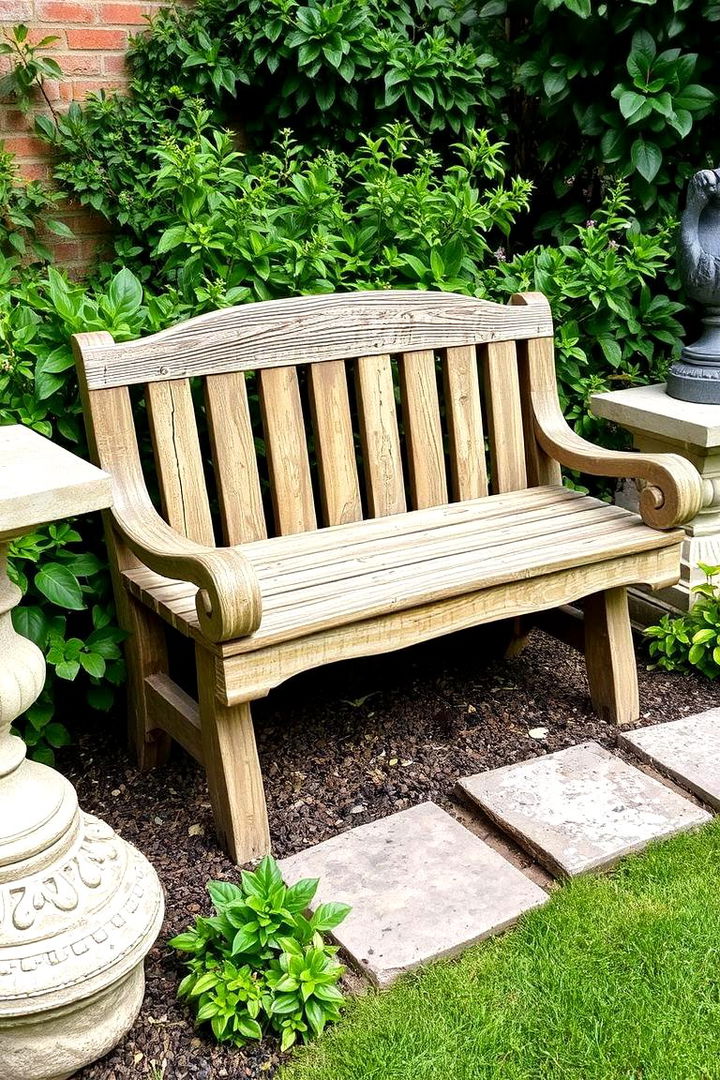
Rustic garden bench design creates an inviting spot to pause and absorb the serene beauty of the garden. Crafted from weathered wood and accented with natural stone details, this bench exudes simplicity and charm. Positioned purposefully amidst lush greenery and scenic vistas, it provides a comfortable place for rest and quiet reflection. The natural textures and worn patina of the bench evoke feelings of nostalgia and timelessness, while the careful integration with surrounding elements ensures harmony. Offering both functionality and aesthetic appeal, it invites you to sit, relax, and savor the essence of nature’s calm.
22. Arched Bridge Aesthetics
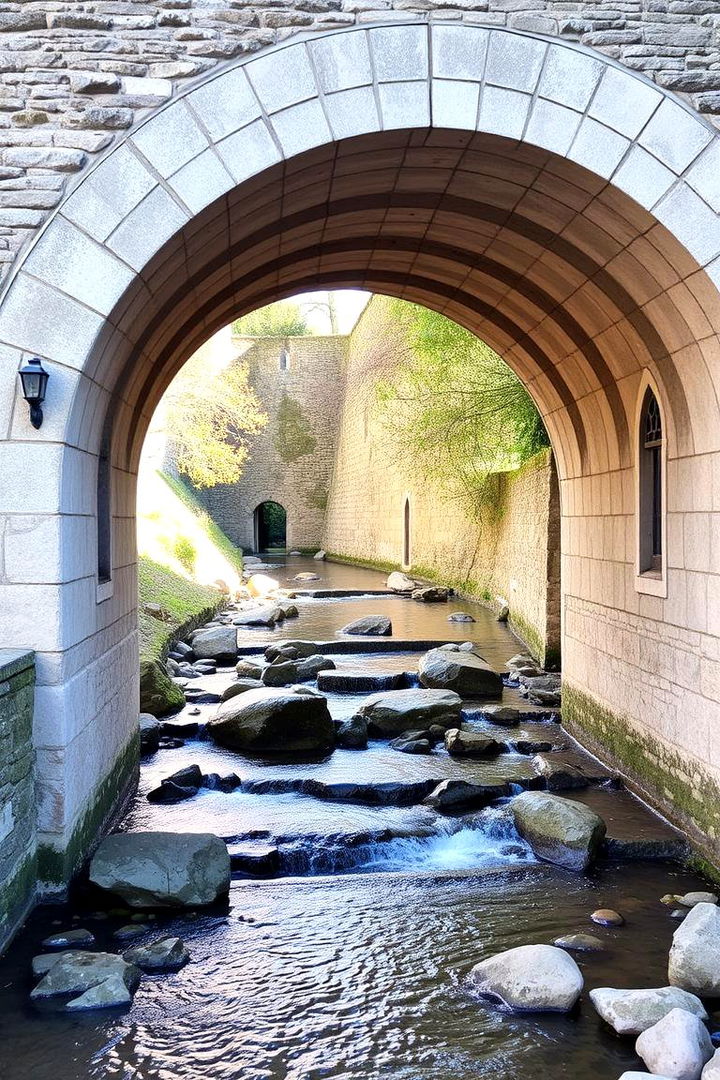
Arched bridge aesthetics introduce a graceful architectural element that arches elegantly over a meandering stream or quiet pond. This design incorporates traditional curves, natural stone textures, and subtle water reflections to create a visually compelling focal point. The bridge acts as a symbolic connection between different garden realms, inviting exploration and emphasizing fluid movement. It celebrates a blend of engineering precision and organic beauty, forming an eye-catching centerpiece that enhances the overall narrative of the landscape. Embrace a timeless motif that enriches your outdoor retreat with character and balanced artistry.
Conclusion:
Japanese garden ideas offer a transformative journey where cultural heritage meets natural beauty. Each concept, from minimalist Zen escapes to intricately designed water features, empowers you to create a personal haven of tranquility and inspiration. The rich interplay of organic elements and timeless traditions cultivates spaces that encourage reflection, creativity, and balance. Embracing these thoughtful designs invites mindful living while seamlessly blending art and nature. Let these insights guide you, as every detail contributes to a harmonious setting that nurtures both the body and soul.


